The Reclining Buddha, Wat Po, Bangkok, Thailand on Thursday, July 13, 2017
Photograph by Ing-On Vibulbhan-Watts
I went to Thailand to visit my family for two months, from July and August 2017. I did not visit home since 2006. I was glad to see my family. I enjoyed seeing all new development in Bangkok and loved eating authentic Thai food, especially Thai fruits.
I had a chance to visit my home town, Lopburi, where I was raised when I was young, before we moved to Bangkok. I traveled to Ayutthaya to see the ruins of temples that were burned by Burmese soldiers, when the Burmese wanted to take over Thailand, The Burmese–Siamese War (1765–1767). Ayutthaya was one of the former capitals of Thailand before moved to, Thonburi and then Bangkok. I also traveled to, Chiang Mai, located in the Northern part of Thailand. Chiang Mai is the second largest and second most popular city of Thailand.
John, my husband came to Thailand in August. He joined me traveling to different part of Thailand. I had a good time taking videos and photographs wherever I traveled around Bangkok and other part of Thailand. I hope the viewers of my website will enjoy the photographs that I present in these projects.
Ing-On Vibulbhan-Watts, Thursday, October 26, 2017
Chinese guardian figure beside a gate in Wat Pho
“The temple grounds contain 91 small chedis (stupas or mounds), four great chedis, two belfries, a bot (central shrine), a number of viharas (halls) and other buildings such as pavilions, as well as gardens and a small temple museum. Architecturally the chedis and buildings in the complex are different in style and sizes.[19] A number of large Chinese statues, some of which depict Europeans, are also found within the complex guarding the gates of the perimeter walls as well as other gates within the compound. These stone statues were originally imported as ballast on ships trading with China.[19]”
For more information please visit the following link:
https://en.wikipedia.org/wiki/Wat_Pho
Wat Po, Bangkok, Thailand on Thursday, July 13, 2017
“Wat Pho was also intended to serve as a place of education for the general public. To this end a pictorial encyclopedia was engraved on granite slabs covering eight subject areas, namely history, medicine, health, custom, literature, proverbs, lexicography, and the Buddhist religion.[20][24]”
“These plaques, inscribed with texts and illustration on medicine, Thai traditional massage, and other subjects, are placed around the temple,[25] for example, within the Sala Rai or satellite open pavilions. Dotted around the complex are 24 small rock gardens (Khao Mor) illustrating rock formations of Thailand, and one, called the Contorting Hermit Hill, contains some statues showing methods of massage and yoga positions.[19][24]”
For more information please visit the following link:
https://en.wikipedia.org/wiki/Wat_Pho
Fish pond in small rock gardens (Khao Mor) illustrating rock formations of Thailand
Wat Po, Bangkok, Thailand on Thursday, July 13, 2017
Chinese guardian figure beside a gate in Wat Pho
Wat Po, Bangkok, Thailand on Thursday, July 13, 2017
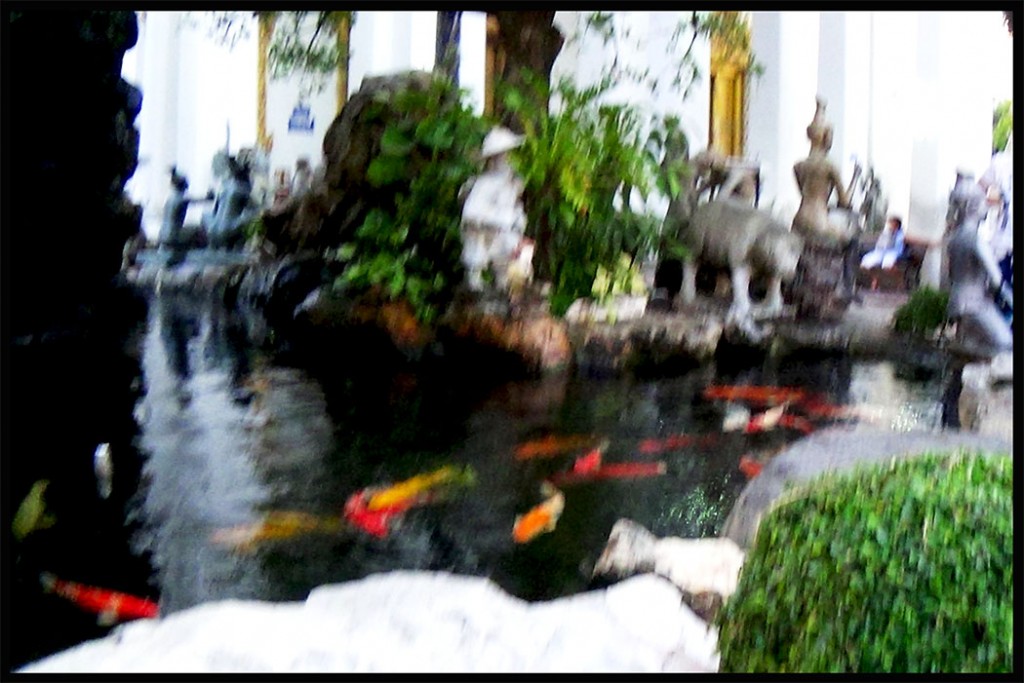 Fish pond in small rock gardens (Khao Mor) illustrating rock formations of Thailand
Fish pond in small rock gardens (Khao Mor) illustrating rock formations of Thailand
Wat Po, Bangkok, Thailand on Thursday, July 13, 2017
The Reclining Buddha of Wat Pho
Photograph by Ing-On Vibulbhan-Watts
The Reclining Buddha, Wat Pho, Bangkok, Thailand on Thursday, July 13, 2017
“One of the most famous and impressive temples in Bangkok is Wat Pho. Also known as the Temple of the Reclining Buddha for the 46-meter long Buddha image it houses, it’s a must-see attraction when visiting the Thai capital.”
For more information please visit the following link:
https://blogs.transparent.com/thai/wat-pho-temple-of-the-reclining-buddha/
The Reclining Buddha, Wat Po, Bangkok, Thailand on Thursday, July 13, 2017
“Wat Phra Chetuphon Wimon Mangkhalaram Ratchaworamahawihan, more commonly referred to as Wat Pho, is one of the six temples in Thailand that are of the highest grade of first class Royal temples. Wat Pho serves as home to the massive 46-meter long reclining Buddha image, the size of which must be experienced in person as it is simply breathtaking. The amazing feeling of taking in the sight of the enormous golden figure of the ‘enlightened one’ cannot be explained with words, and even more rarely captured in photos due to its massive size. You have to visit this amazing site to see it for yourself.”
For more information please visit the following link:
https://yourthaiguide.com/temple-of-the-reclining-buddha/
“The Reclining Buddha, Wat Pho, Bangkok, Thailand on Thursday, July 13, 2017
The Reclining Buddha standing at 15 meters tall and stretching 46 meters in length, it barely fits in the building.
The Buddha’s feet are 3 x 4.5 meters and are decorated in shiny mother-of-pearl. They also display the 108 auspicious characteristics of Buddha.”
For more information please visit the following link:
https://blogs.transparent.com/thai/wat-pho-temple-of-the-reclining-buddha/
The Reclining Buddha of Wat Pho
Mural at The Reclining Buddha Temple, Wat Po, Bangkok, Thailand on Thursday, July 13, 2017
Wat Pho , also spelt Wat Po, is a Buddhist temple complex in the Phra Nakhon District, Bangkok, Thailand. It is on Rattanakosin Island, directly south of the Grand Palace.[2] Known also as the Temple of the Reclining Buddha, its official name is Wat Phra Chetuphon Vimolmangklararm Rajwaramahaviharn[1]: Wat Phra Chettuphon Wimonmangkhlaram Ratchaworamahawihan; The more commonly known name, Wat Pho, is a contraction of its older name Wat Photaram .[4]
For more information please visit the following link:
https://en.wikipedia.org/wiki/Wat_Pho
Mural at The Reclining Buddha Temple, Wat Po, Bangkok, Thailand on Thursday, July 13, 2017
Phra Mondop or the ho trai is the Scripture Hall containing a small library of Buddhist scriptures. The building is not generally open to the public as the scriptures, which are inscribed on palm leaves, need to be kept in a controlled environment for preservation.[36] The library was built by King Rama III. Guarding its entrance are figures called Yak Wat Pho (Wat Pho’s Giants) placed in niches beside the gates.[37] Around Phra Mondop are three pavilions with mural paintings of the beginning of Ramayana.
Mural at The Reclining Buddha Temple, Wat Po, Bangkok, Thailand on Thursday, July 13, 2017
The temple is first on the list of six temples in Thailand classed as the highest grade of the first-class royal temples.[5][6] It is associated with King Rama I who rebuilt the temple complex on an earlier temple site, and became his main temple where some of his ashes are enshrined.[7] The temple was later expanded and extensively renovated by Rama III. The temple complex houses the largest collection of Buddha images in Thailand, including a 46 m long reclining Buddha. The temple is considered the earliest centre for public education in Thailand, and the marble illustrations and inscriptions placed in the temple for public instructions has been recognised by UNESCO in its Memory of the World Programme. It houses a school of Thai medicine, and is also known as the birthplace of traditional Thai massage which is still taught and practiced at the temple.[8]
Photograph by Ing-On Vibulbhan-Watts
Mural at The Reclining Buddha Temple, Wat Po, Bangkok, Thailand on Thursday, July 13, 2017
“Wat Pho is open every day from 8am until 6:30pm.
Admission Price: 100 Baht per person (free entry for children under 120 centimeters).
Things you should be aware of when visiting the Wat Pho:
- Respectful attire is required. Wat Pho is a functioning Thai Buddhist temple, and a such the management insists that visitors dress in a respectful manner. This means that men must wear long pants and short-sleeved or long-sleeved shirts (no tank tops or sleeveless shirts). Women must wear skirts or pants extending at least to the knee, and also should not wear a top that reveals bare shoulders.
- Visitors are allowed to take photographs in any area of the complex.
- It is recommended that you wear shoes that can be easily removed as you’ll need to take them off when entering any structure in the complex.”
For more information please visit the following link:
https://yourthaiguide.com/temple-of-the-reclining-buddha/
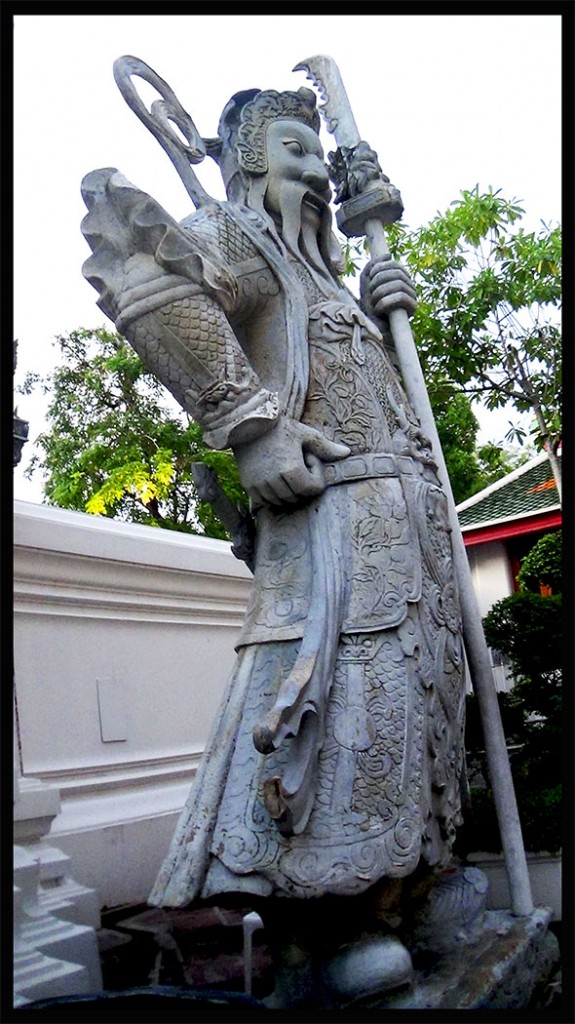
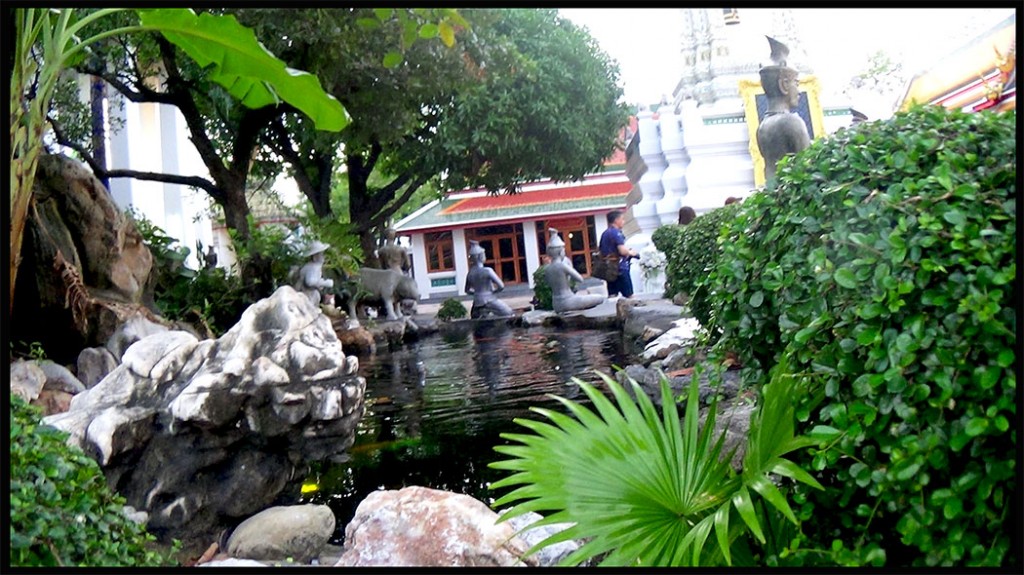
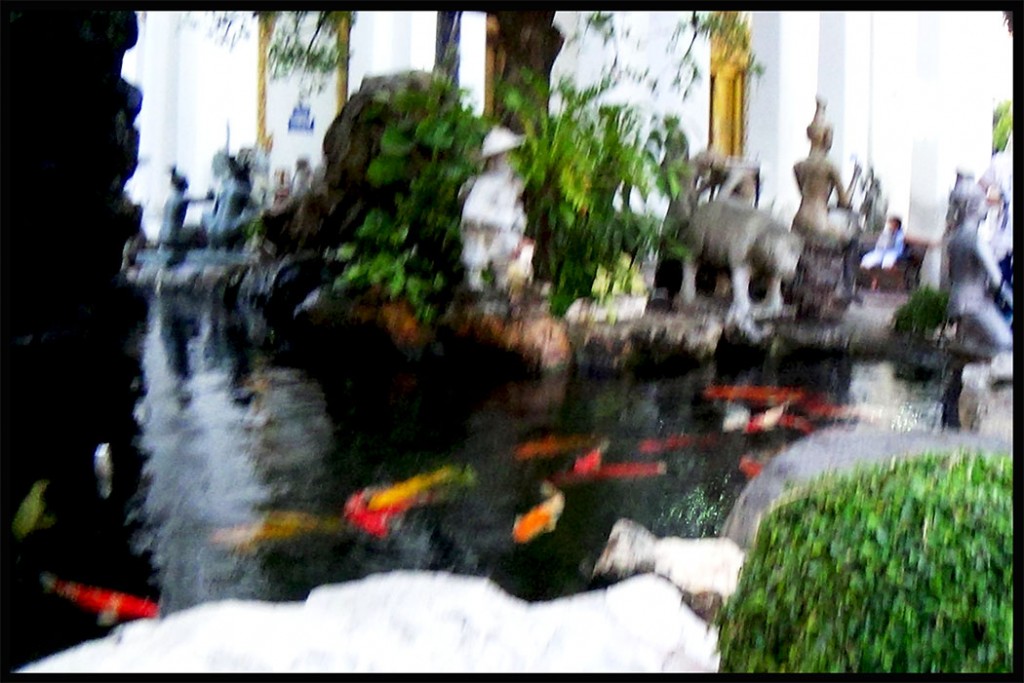
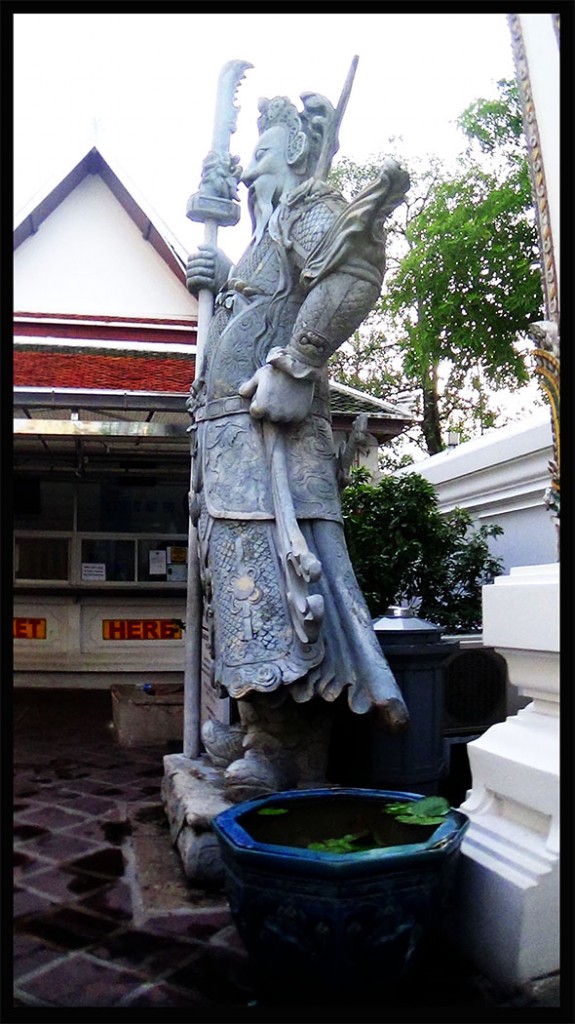
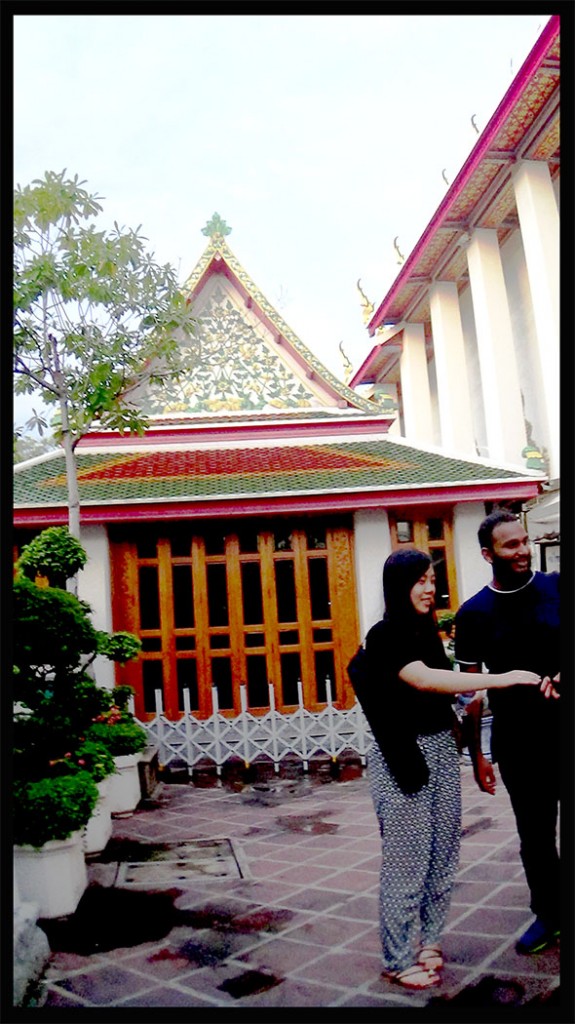
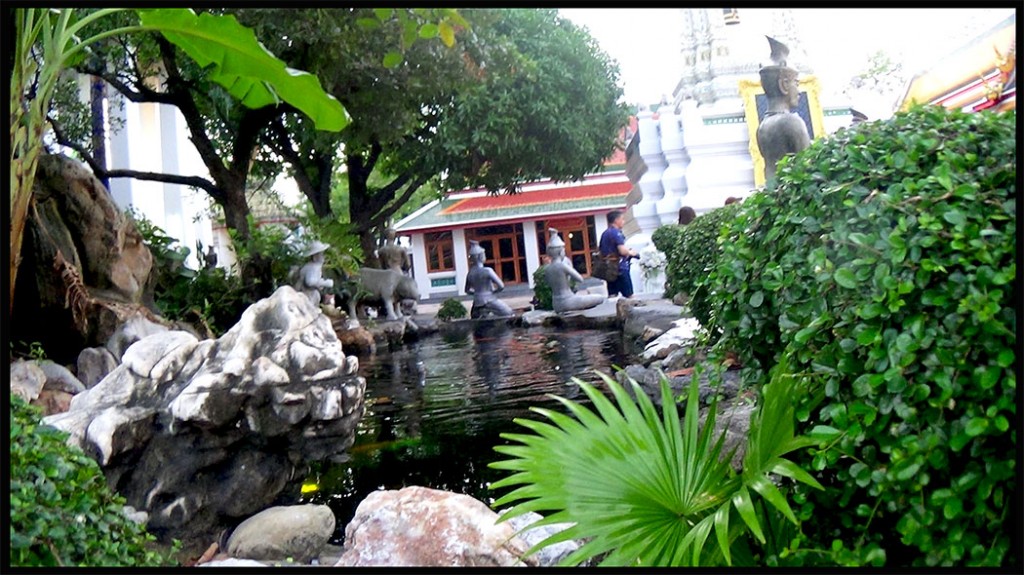
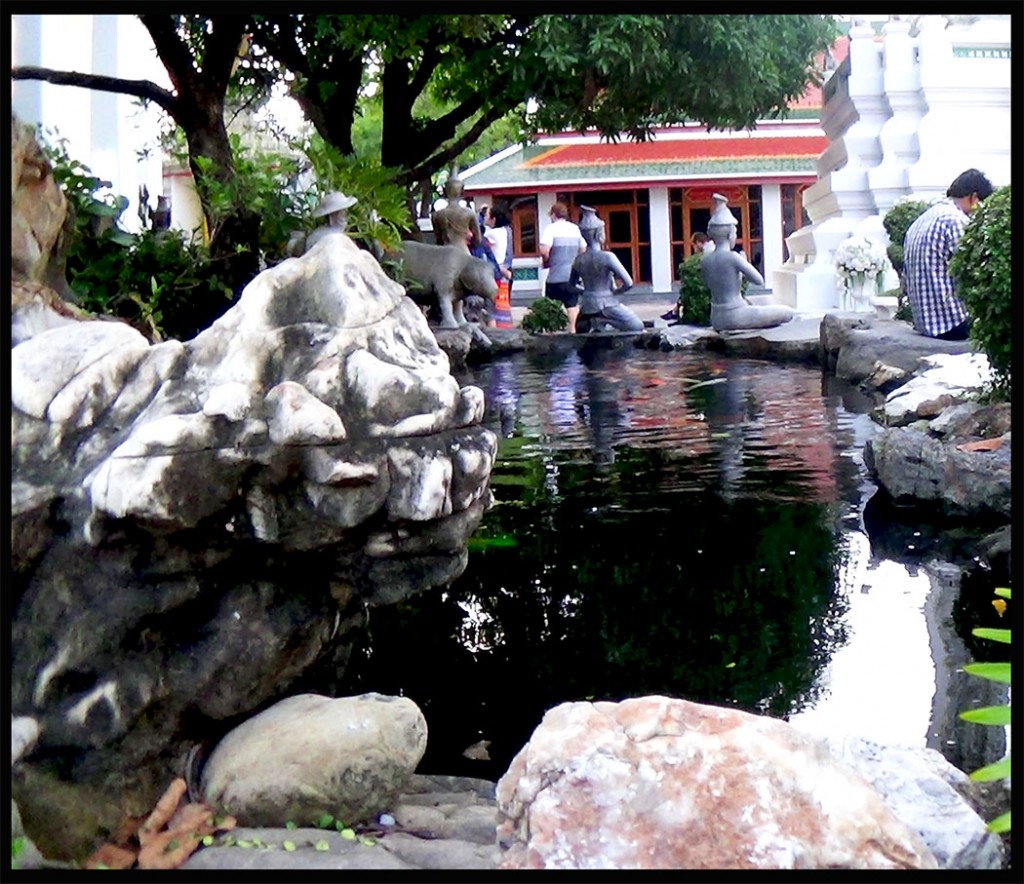
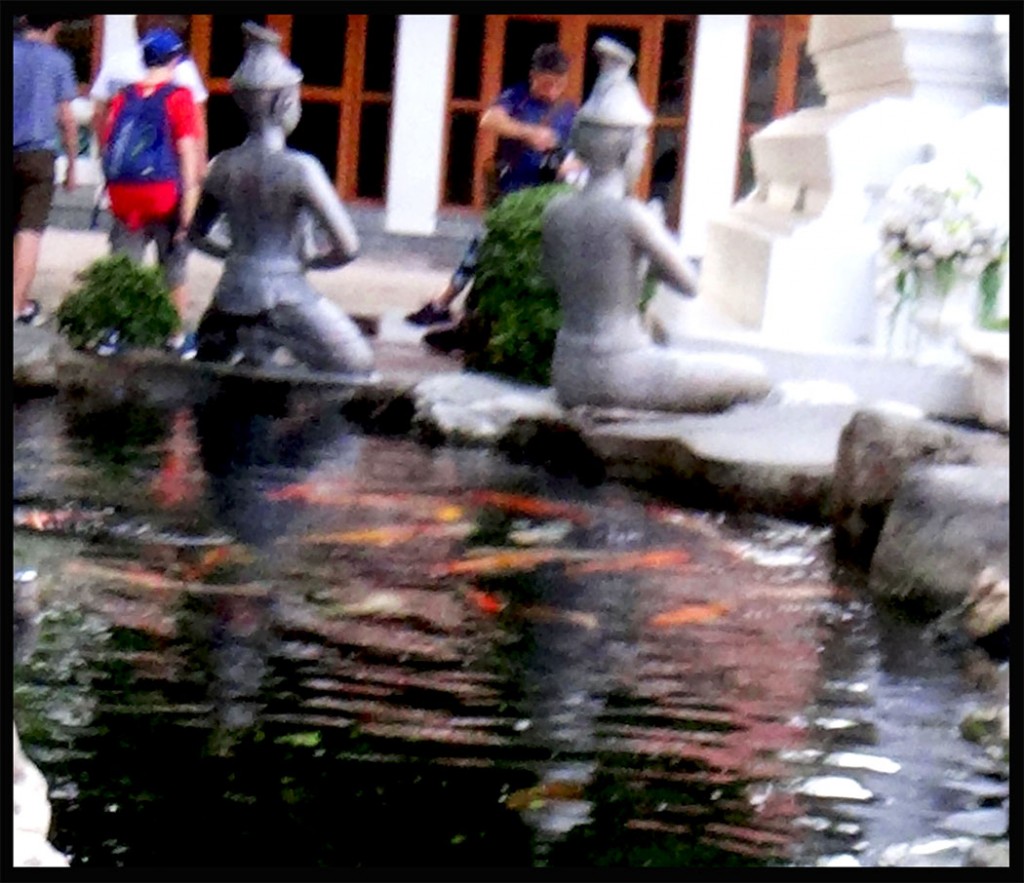

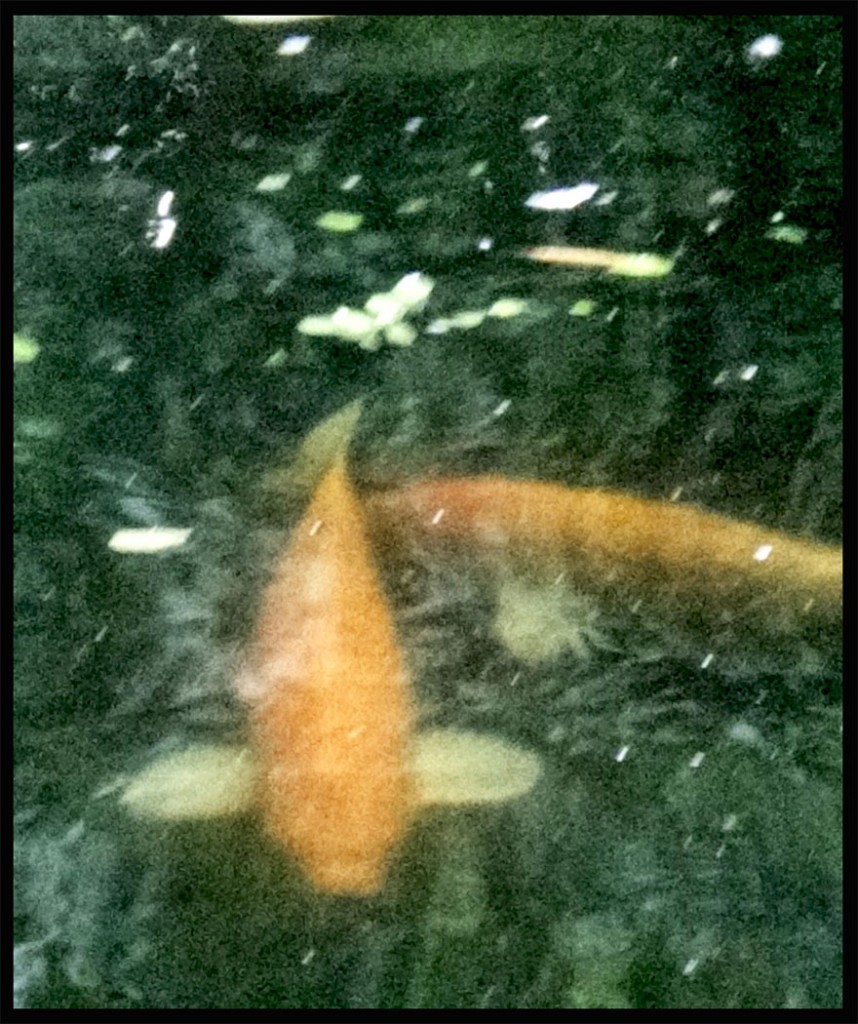
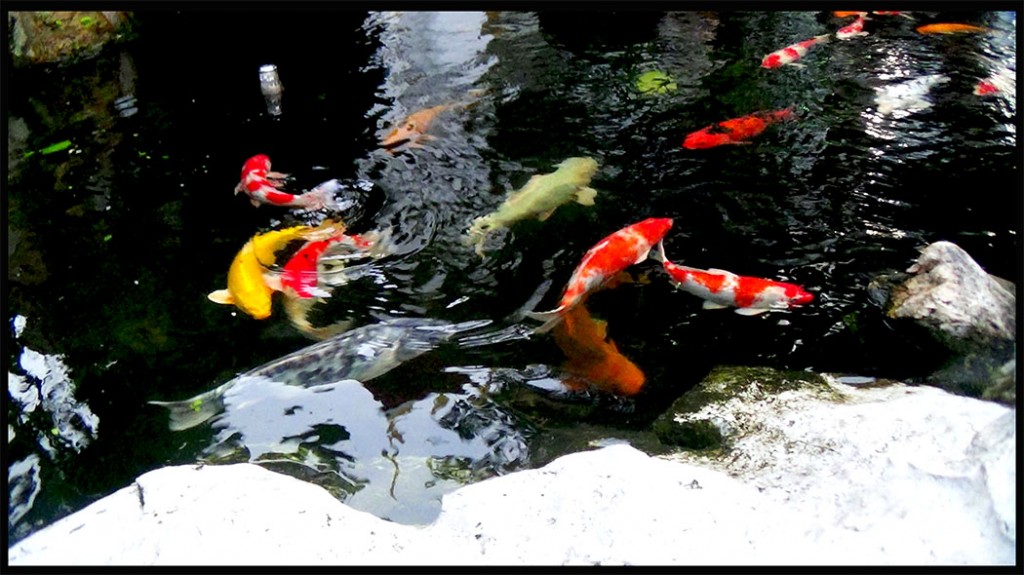
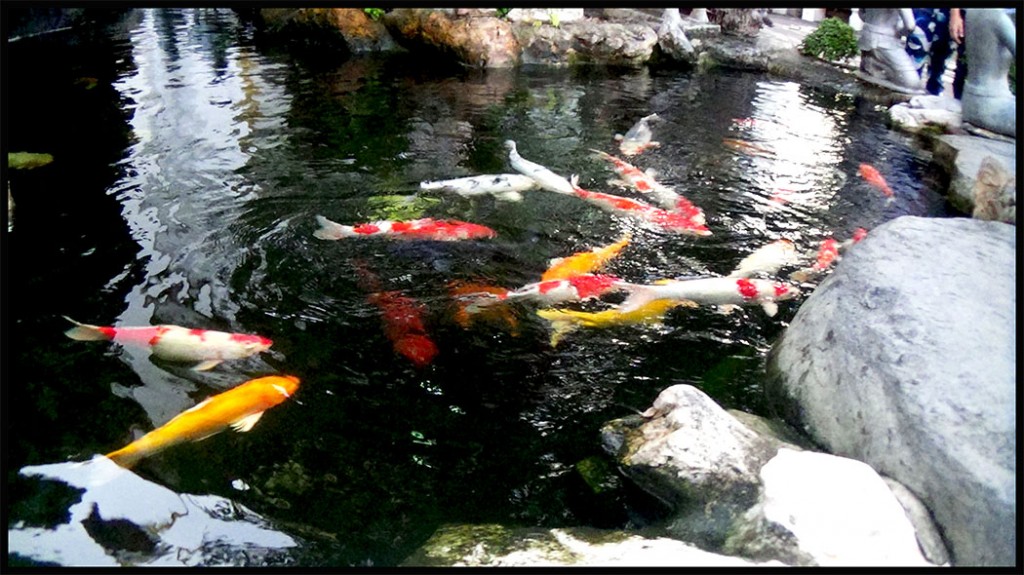


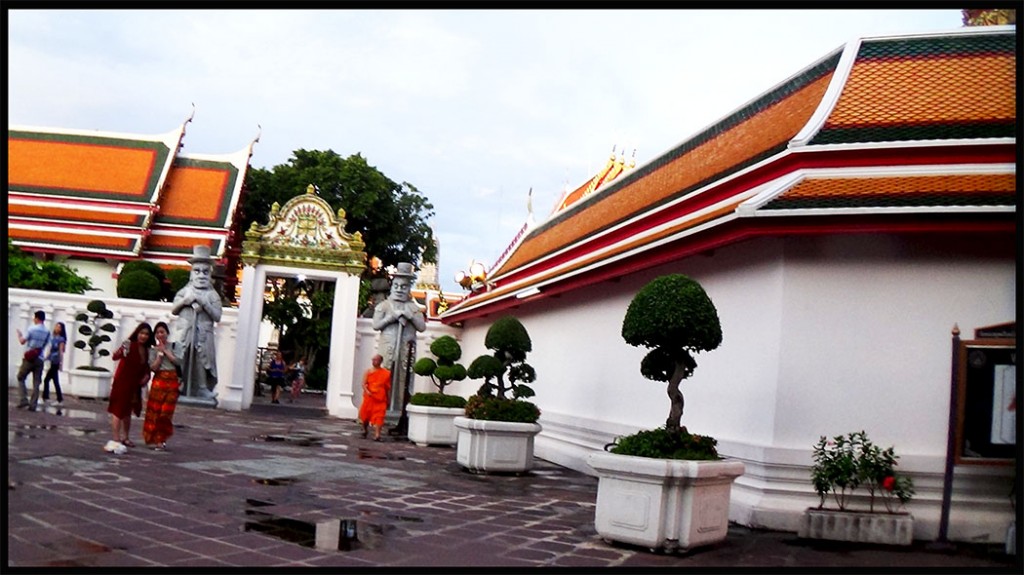
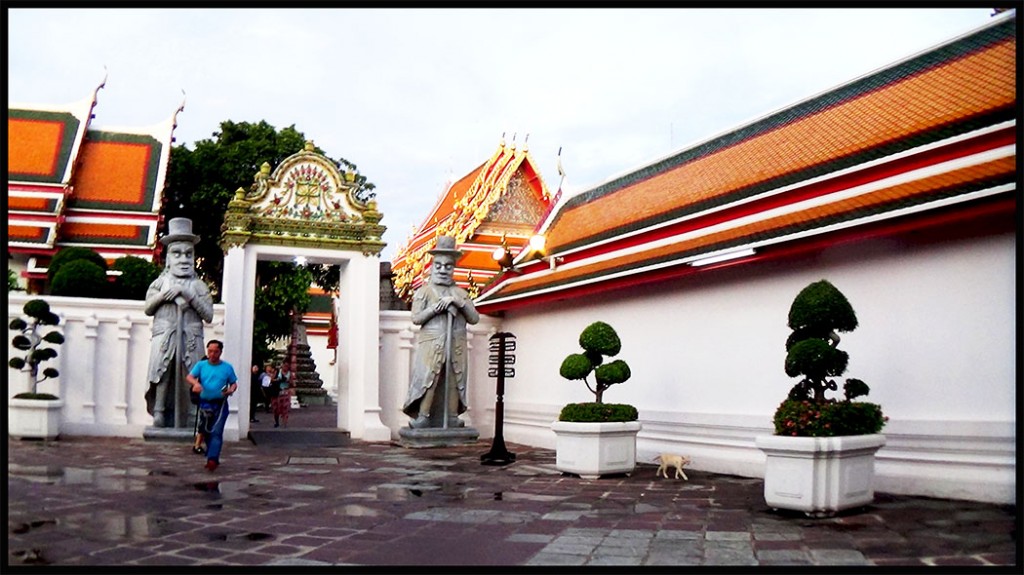
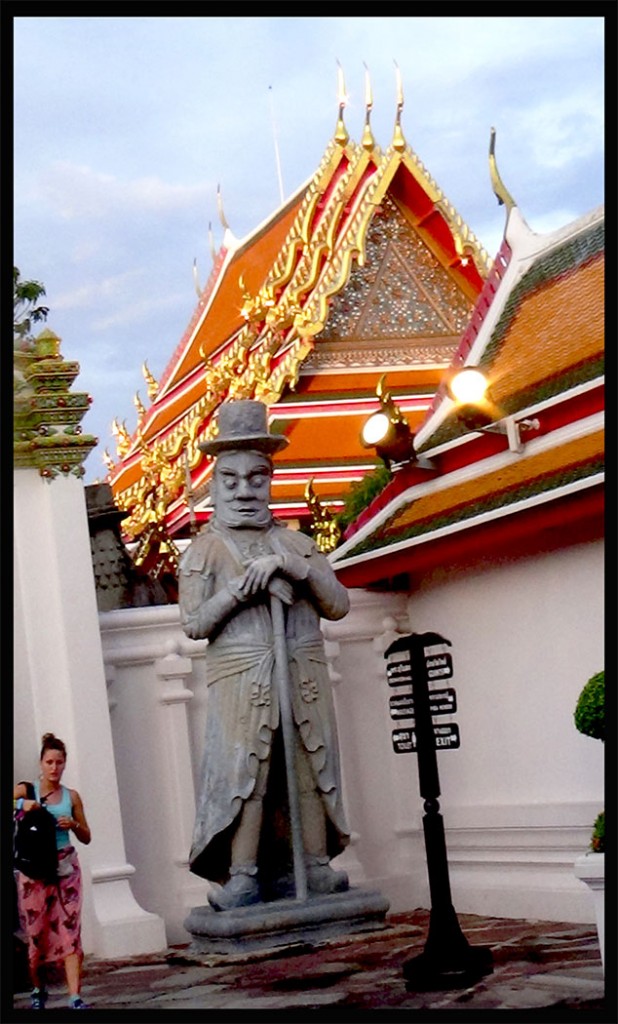
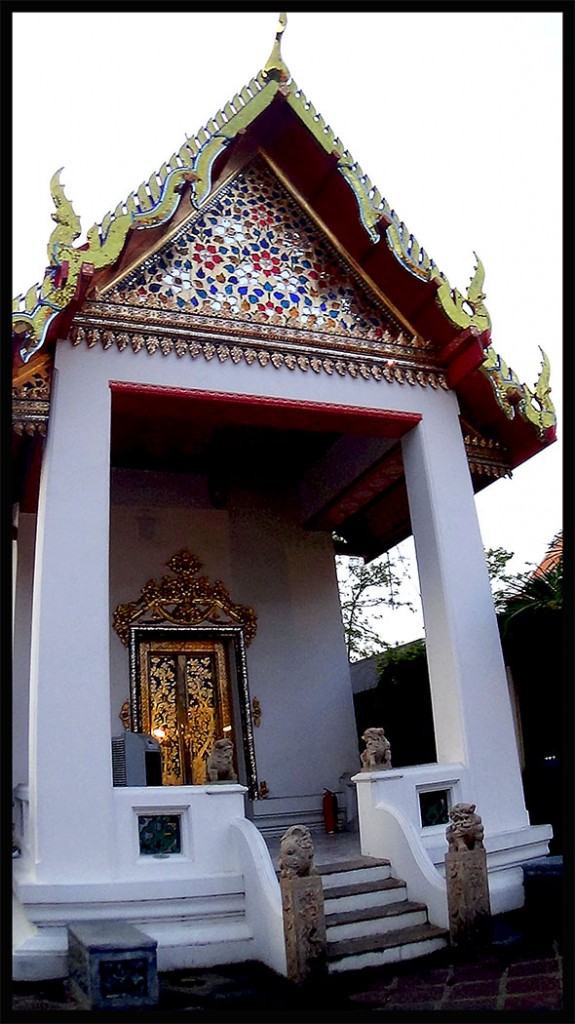

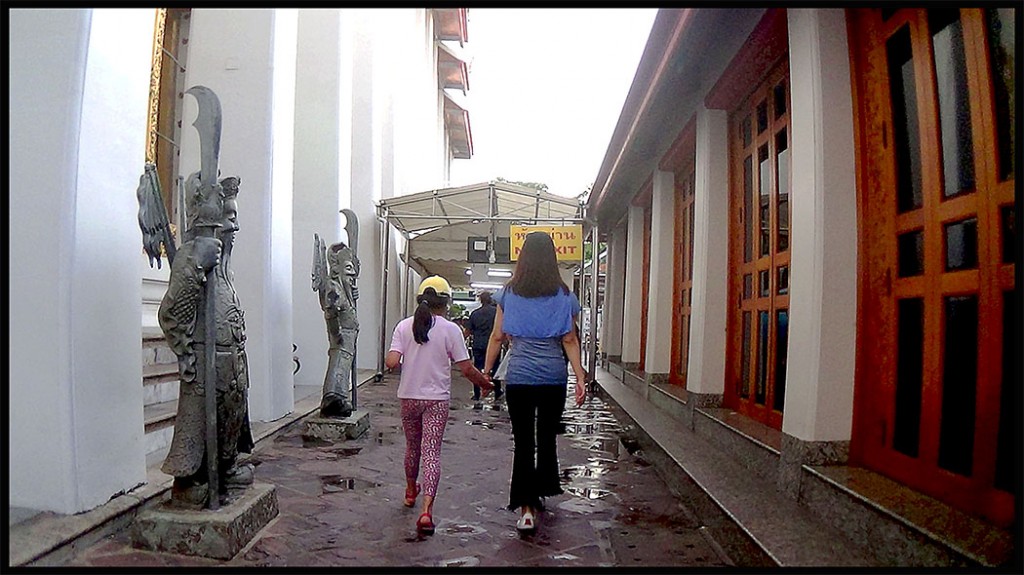
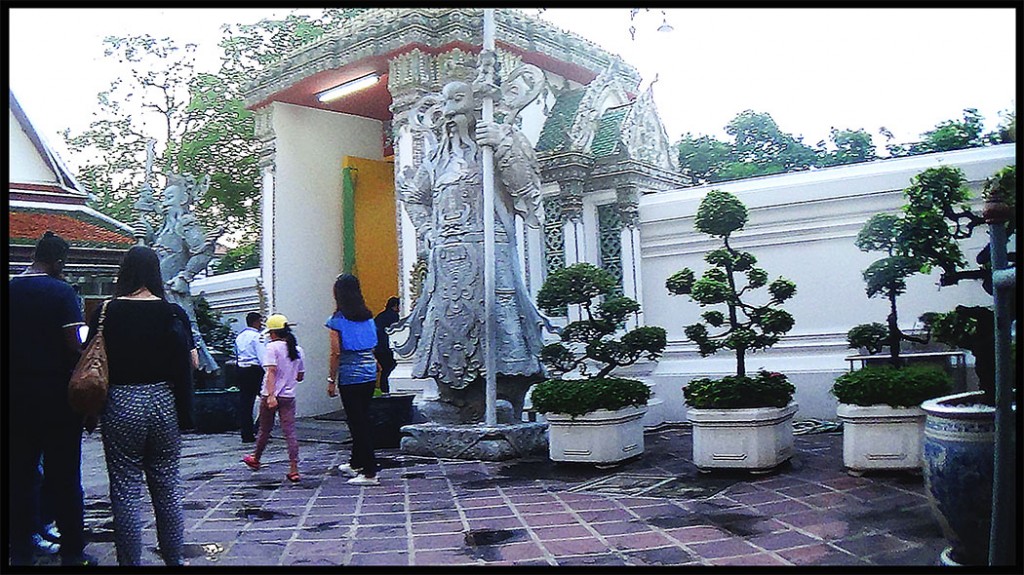
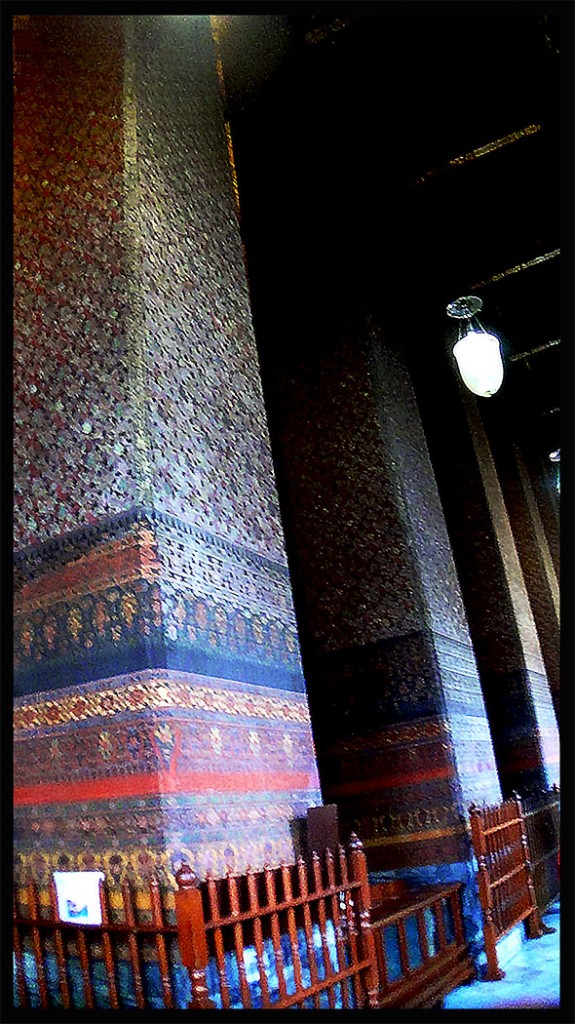


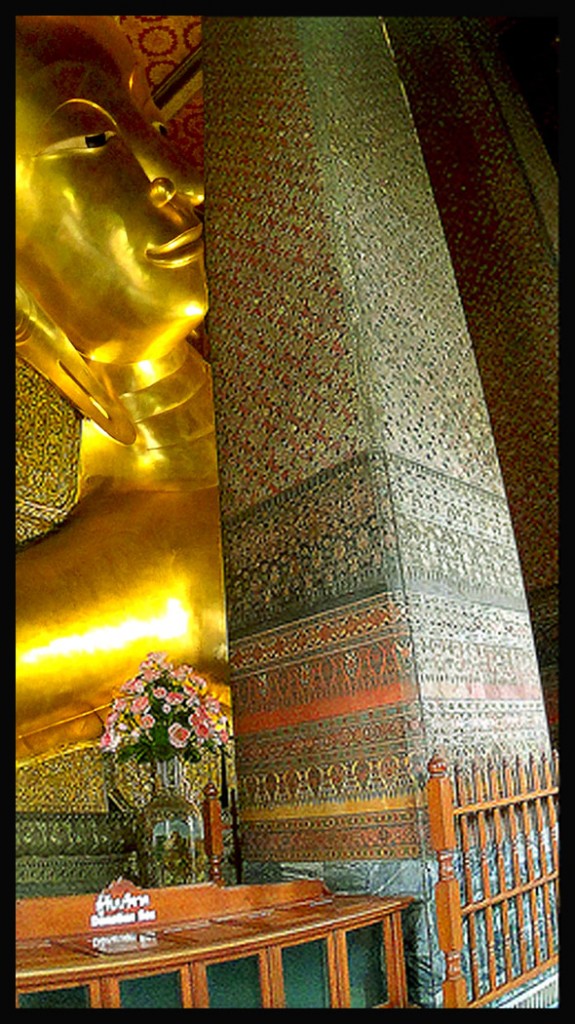
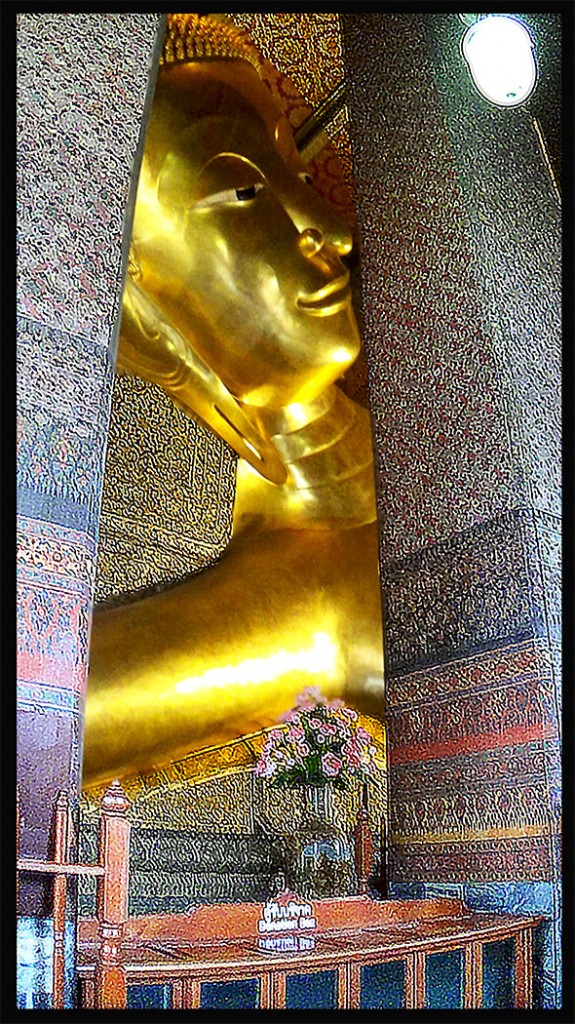
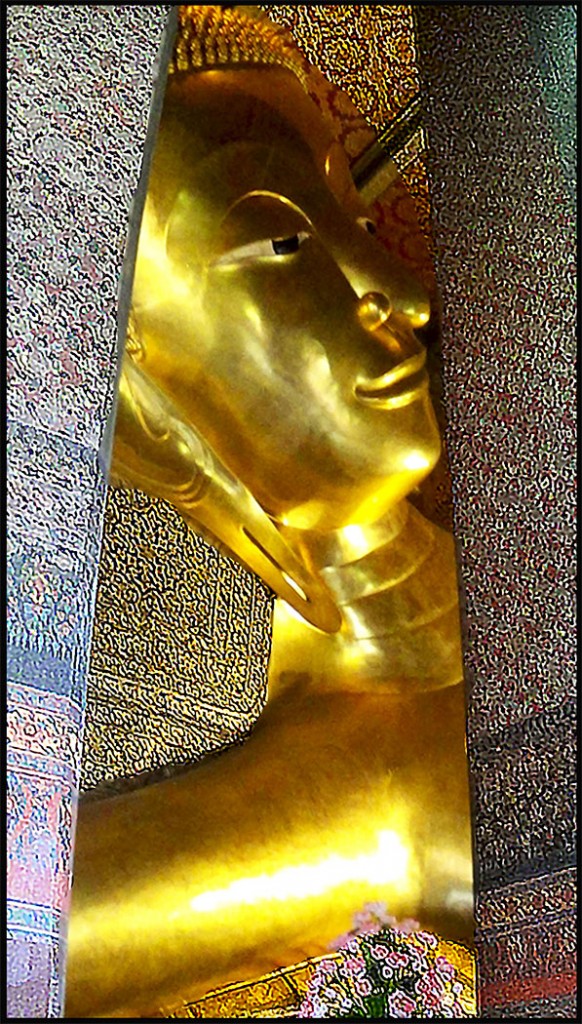
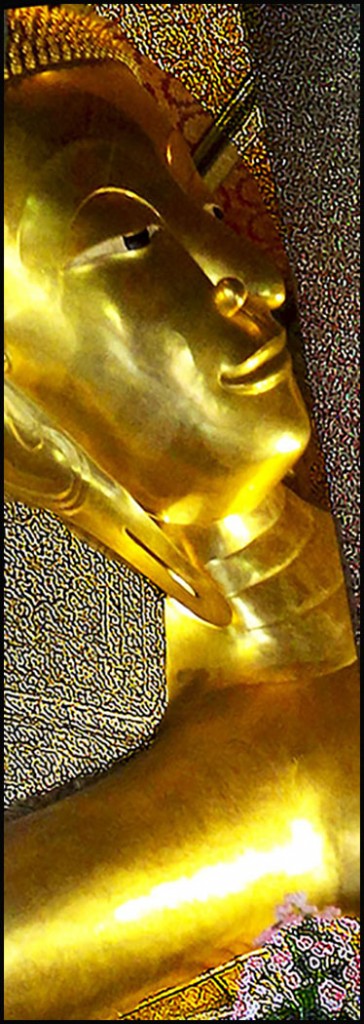
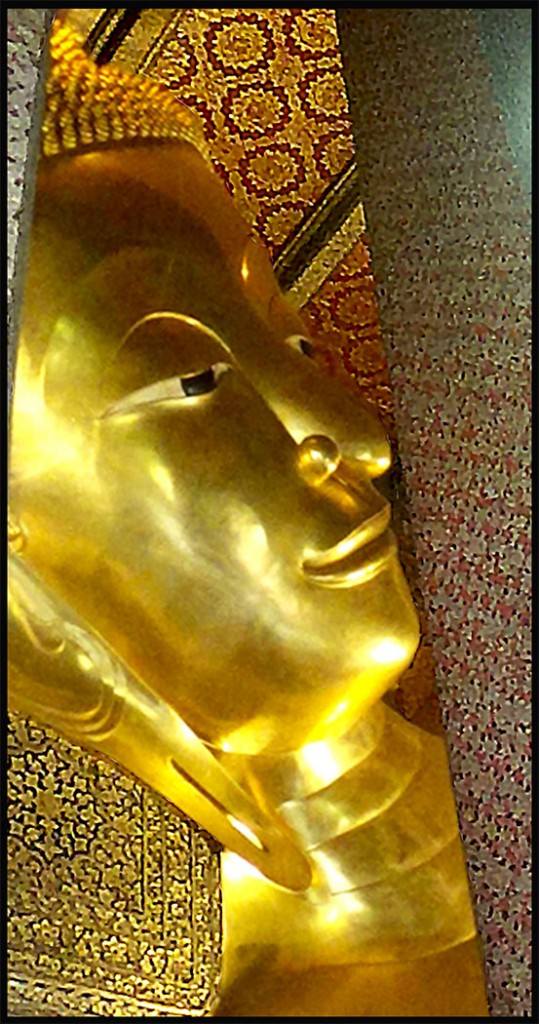
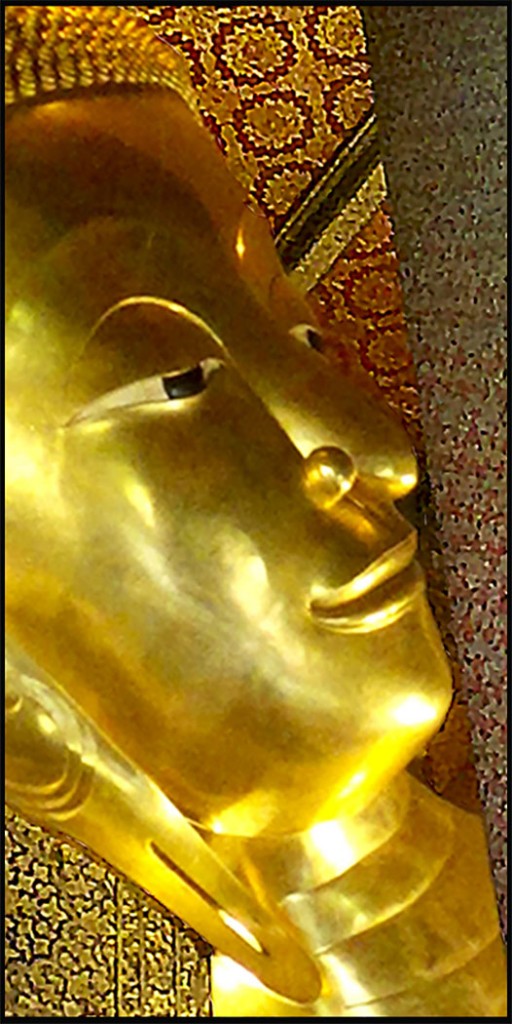
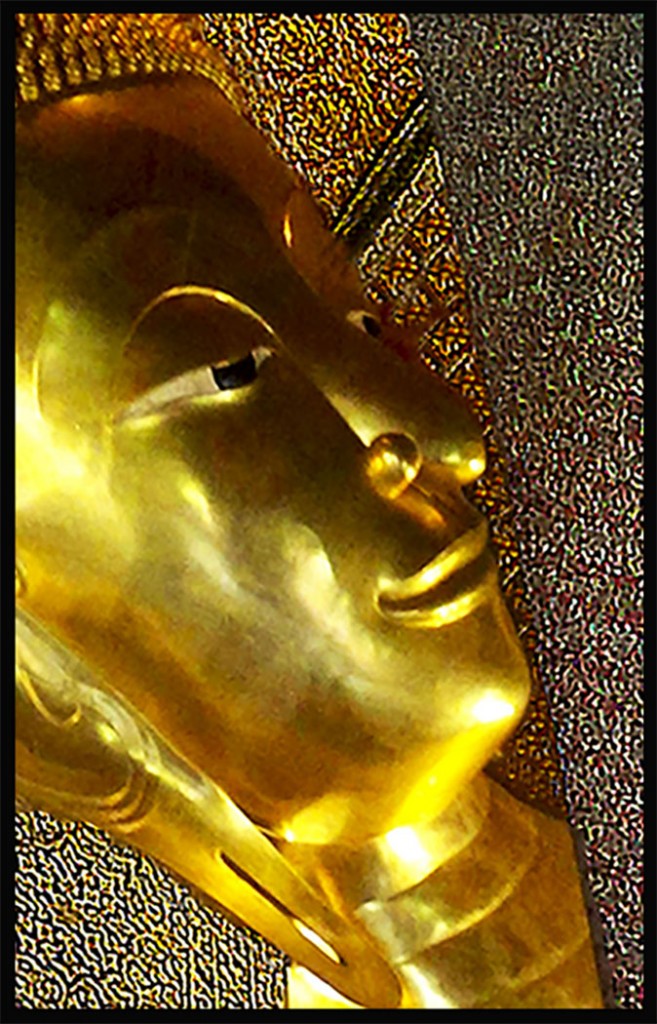
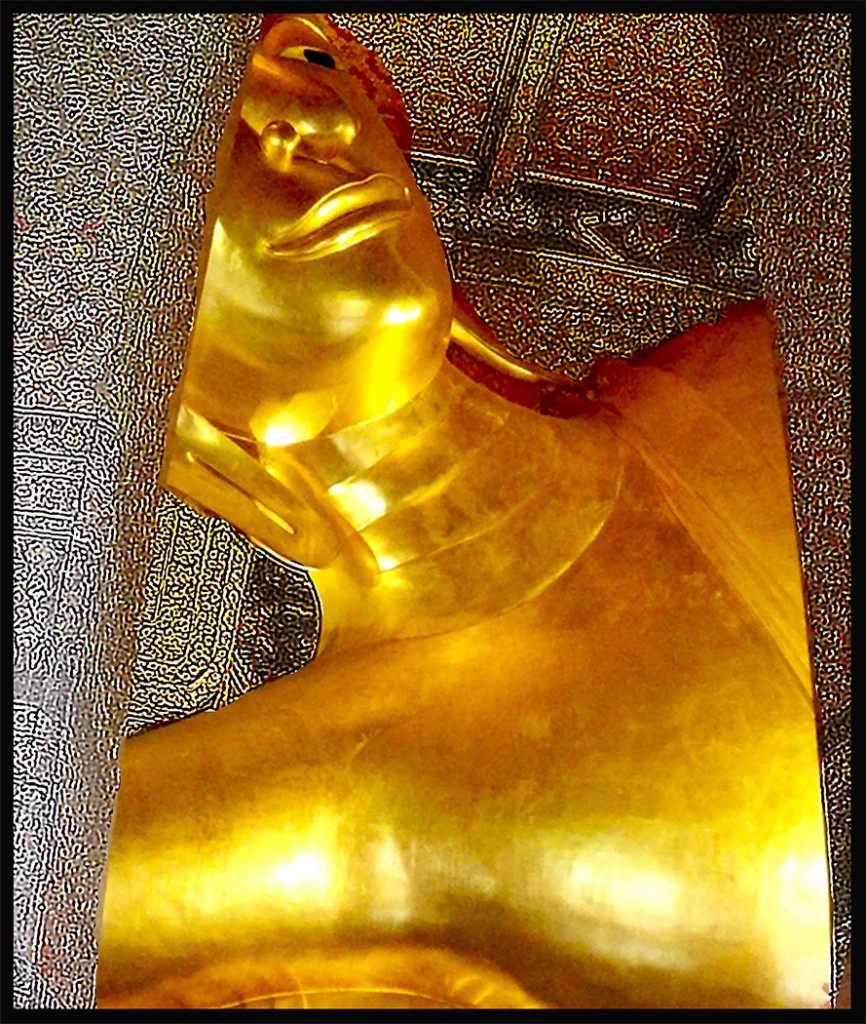
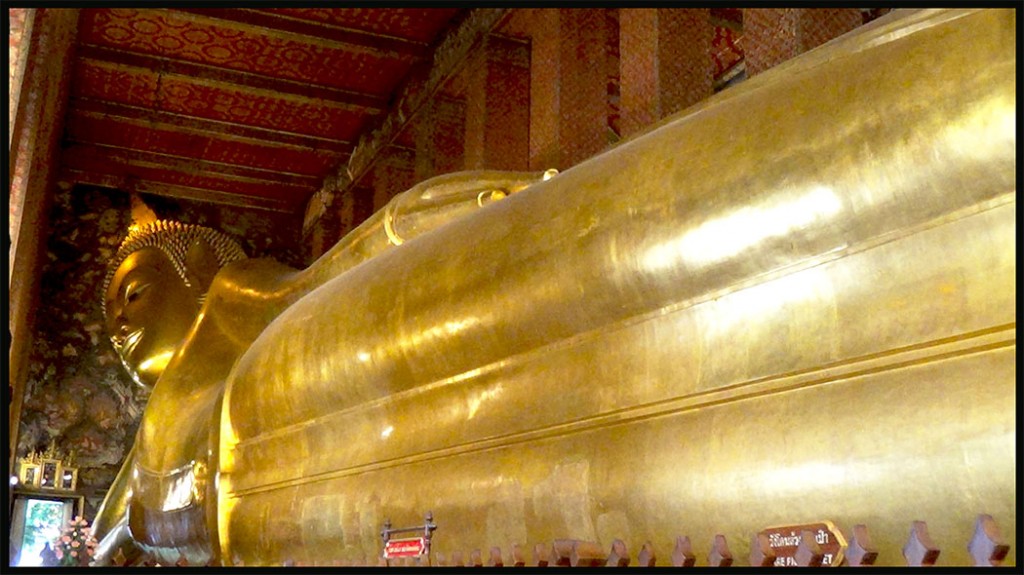
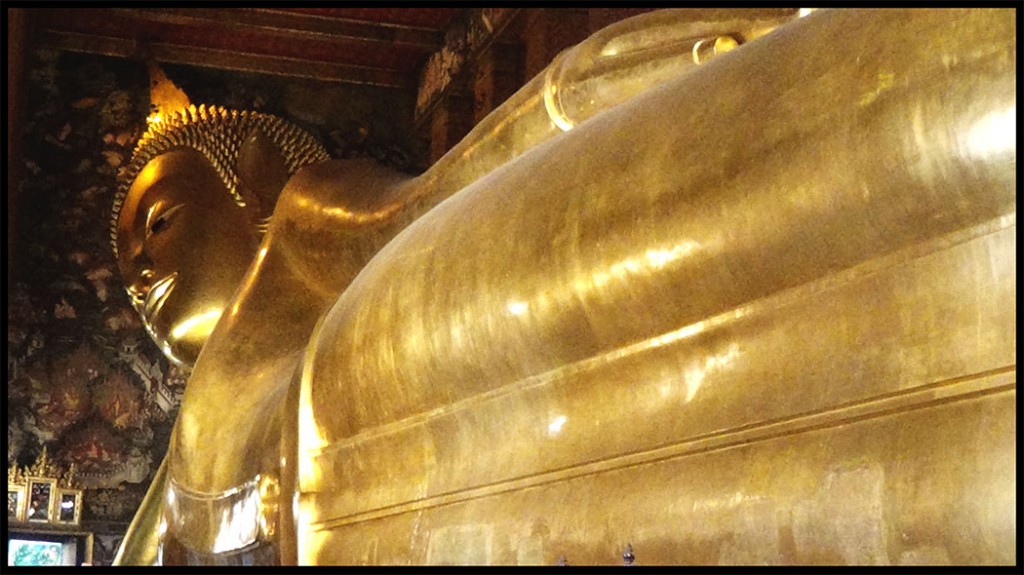
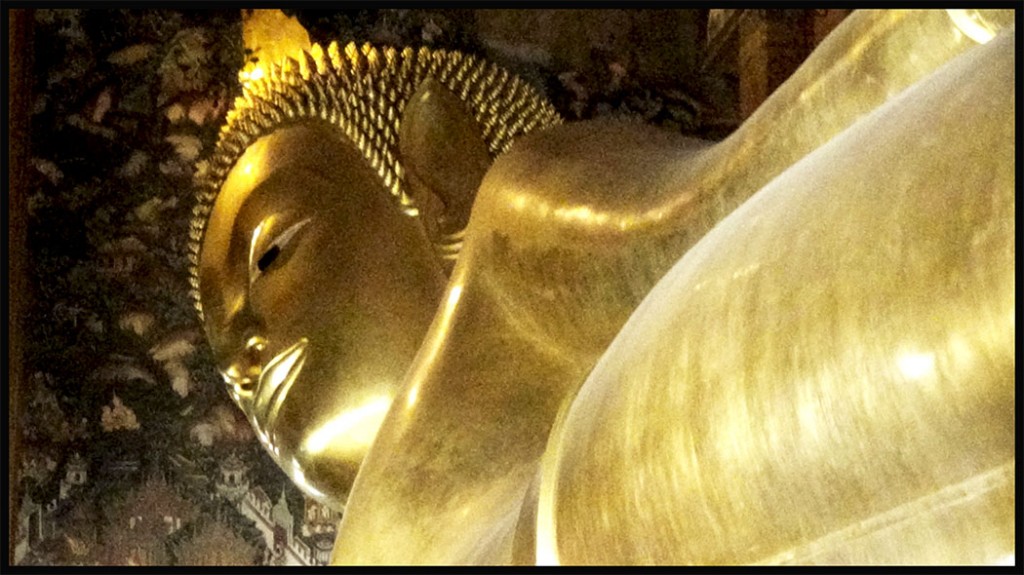
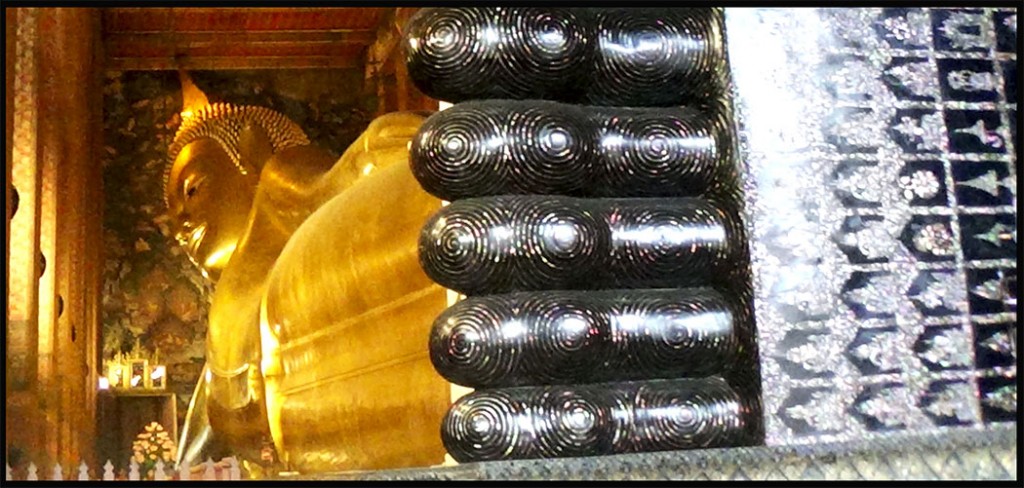
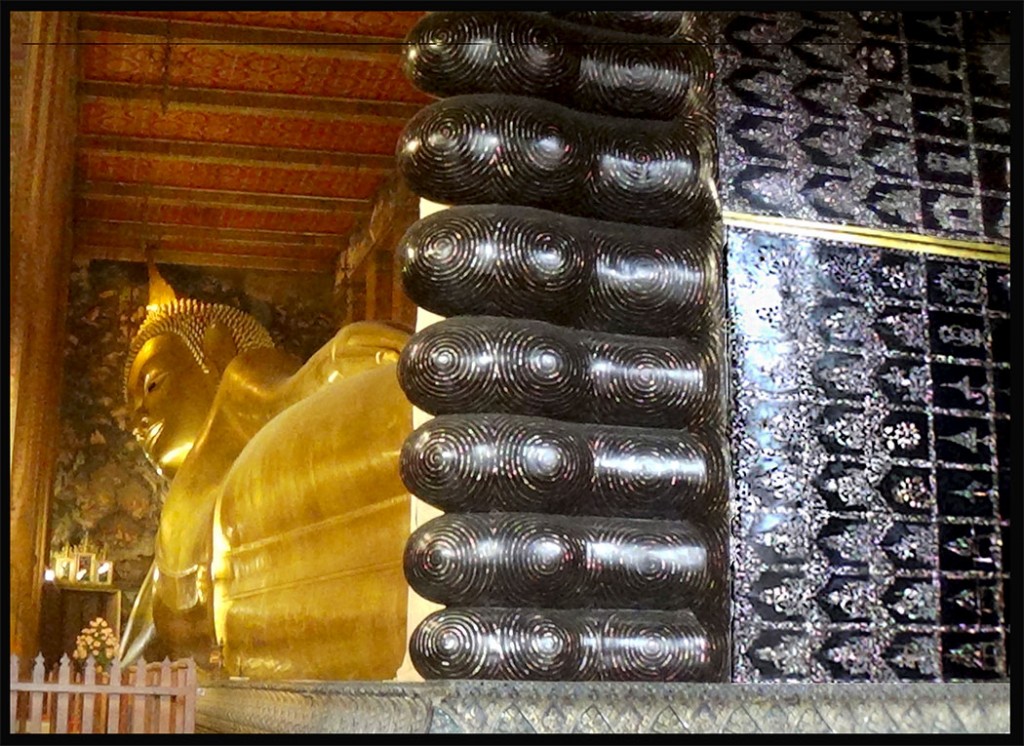
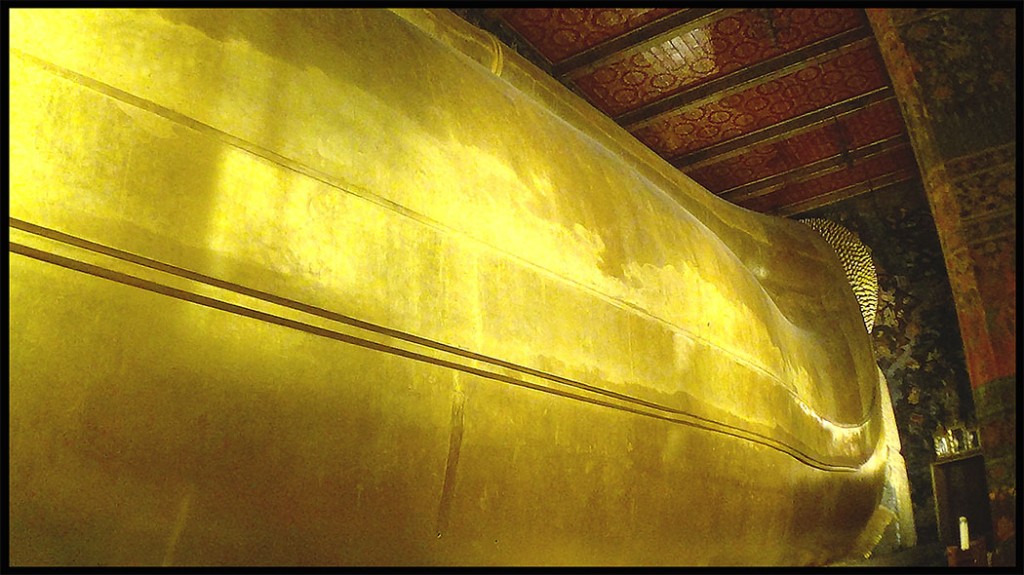
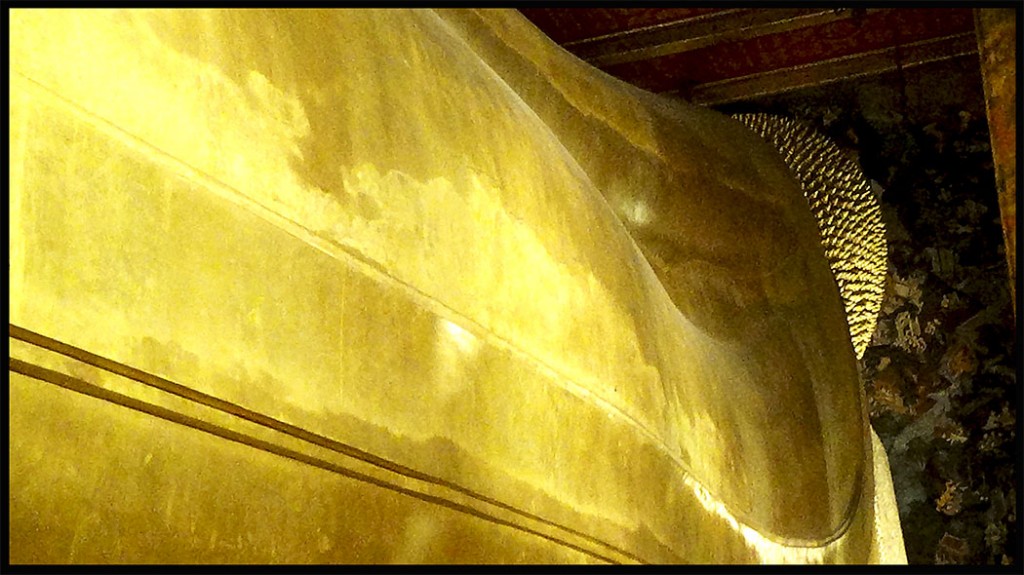
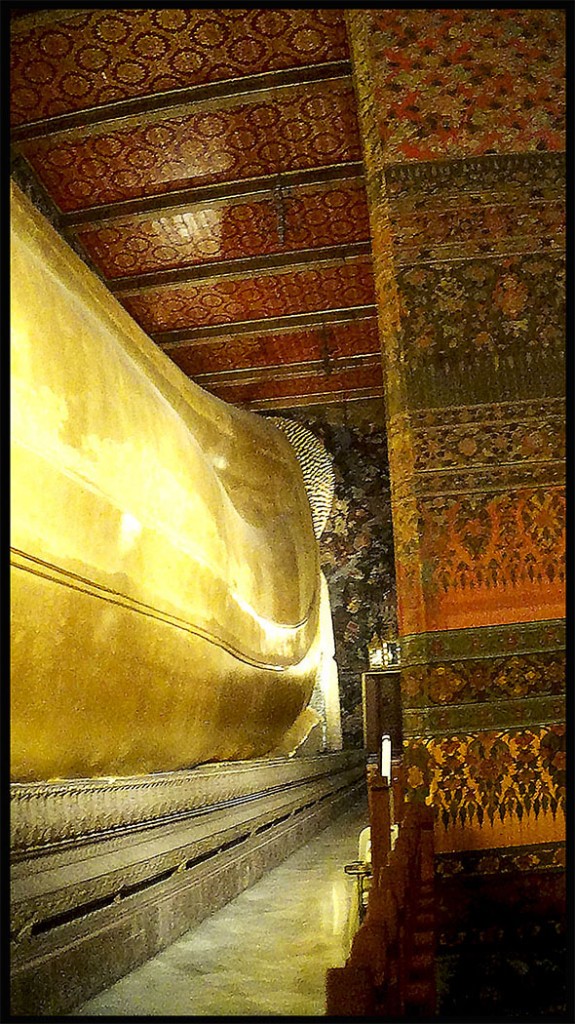

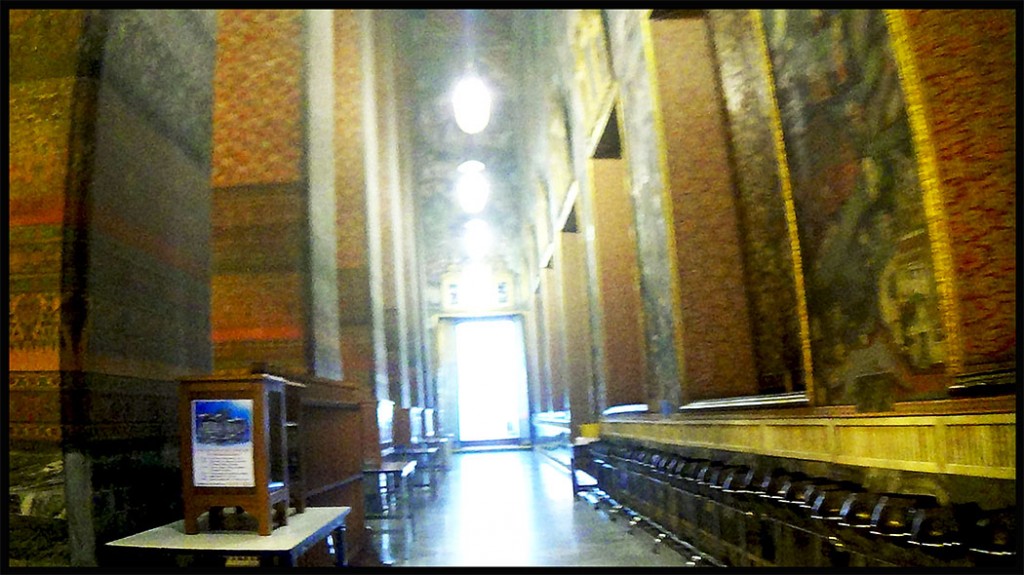
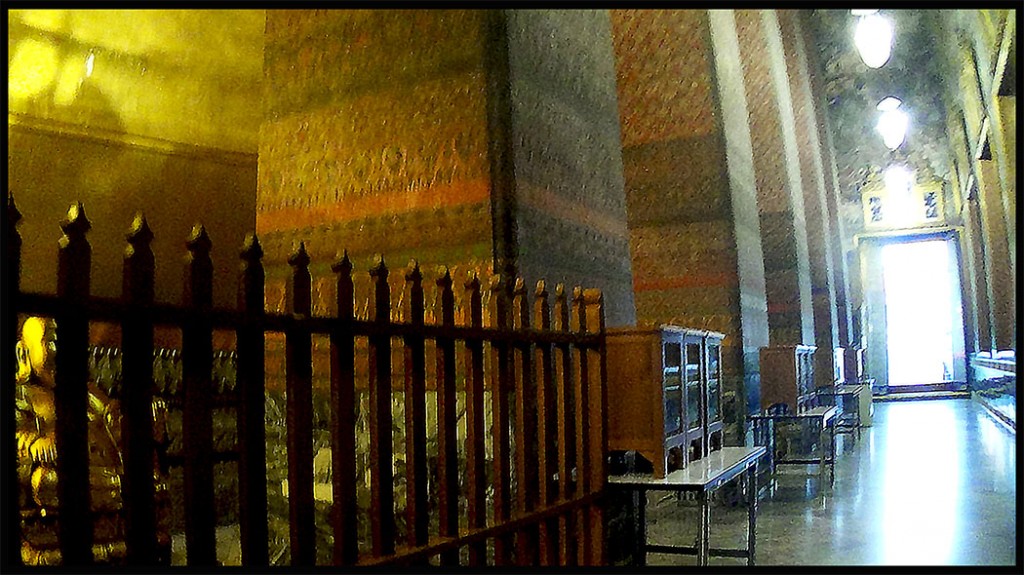

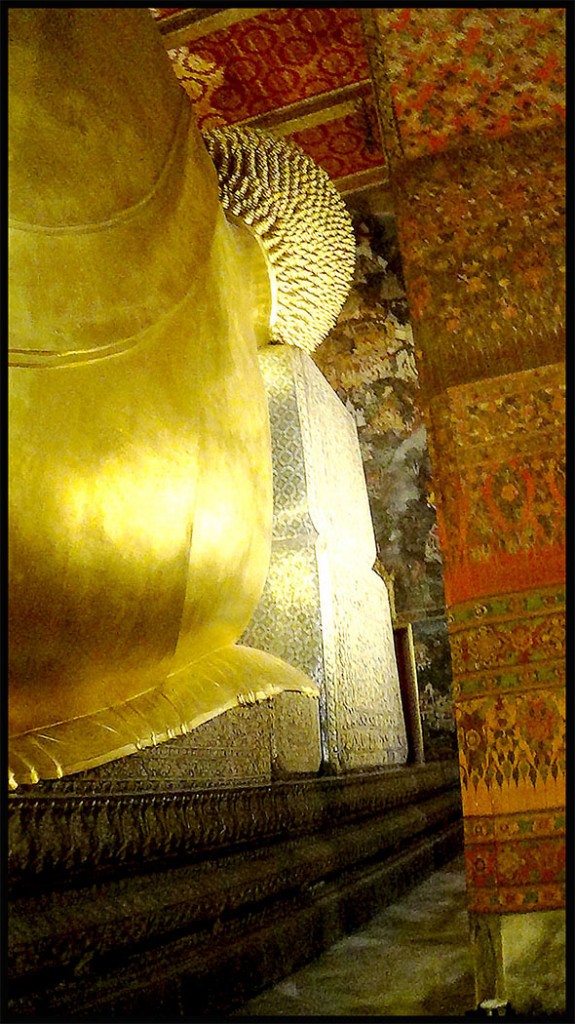
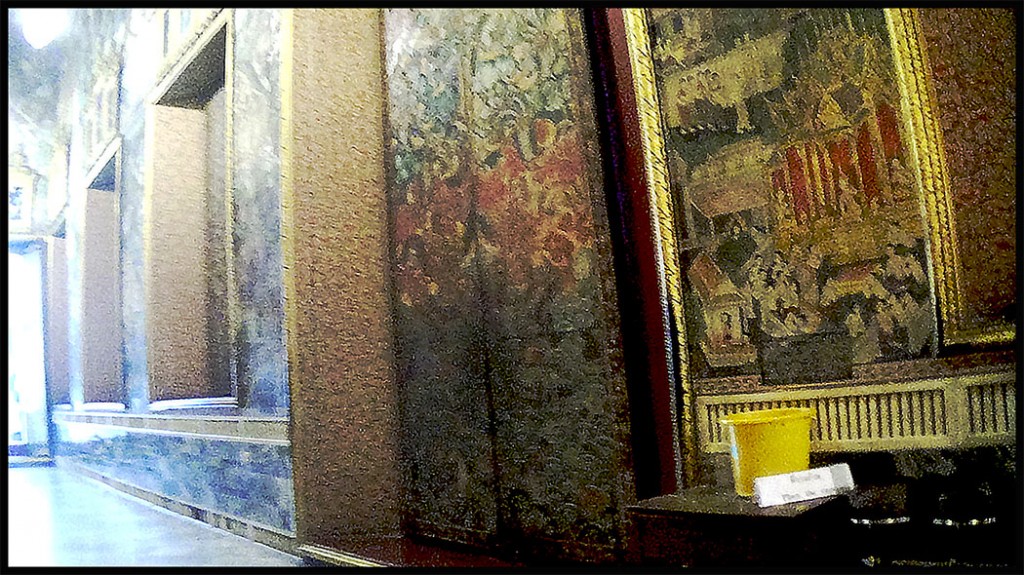
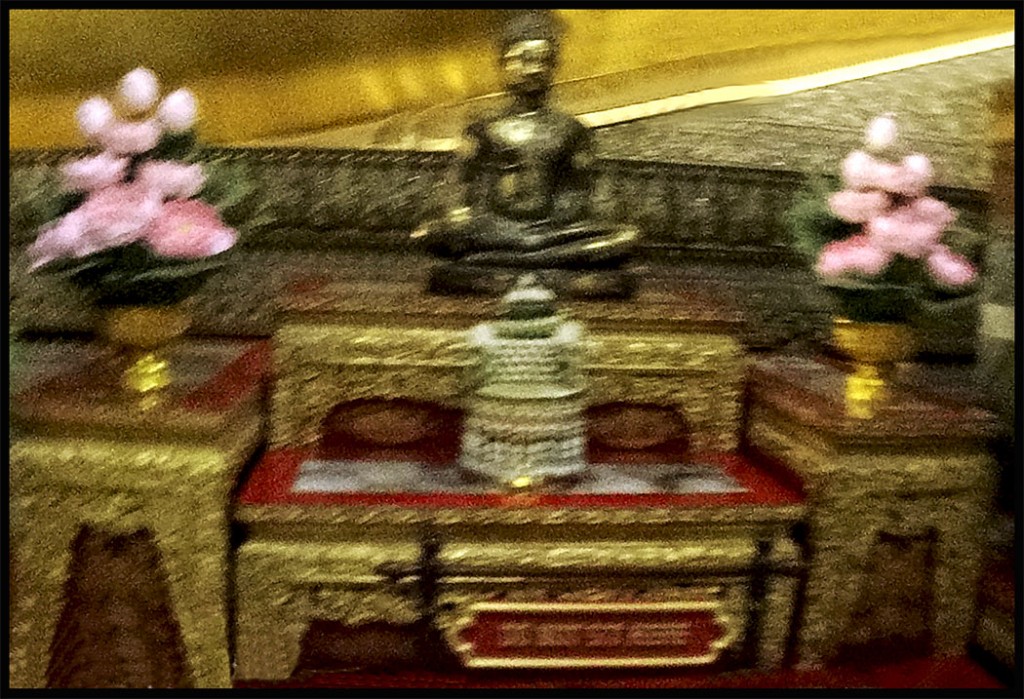
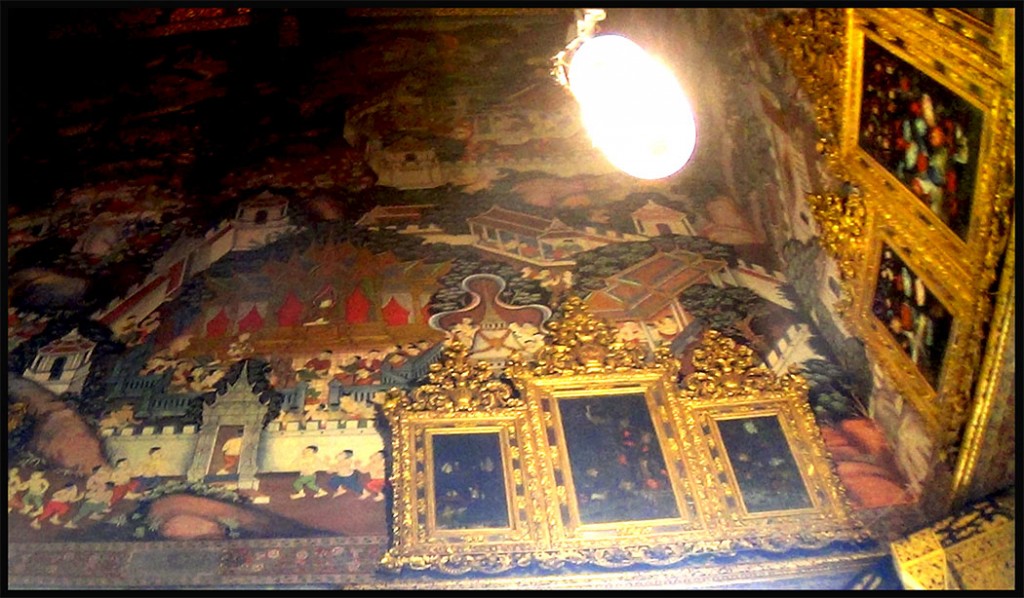
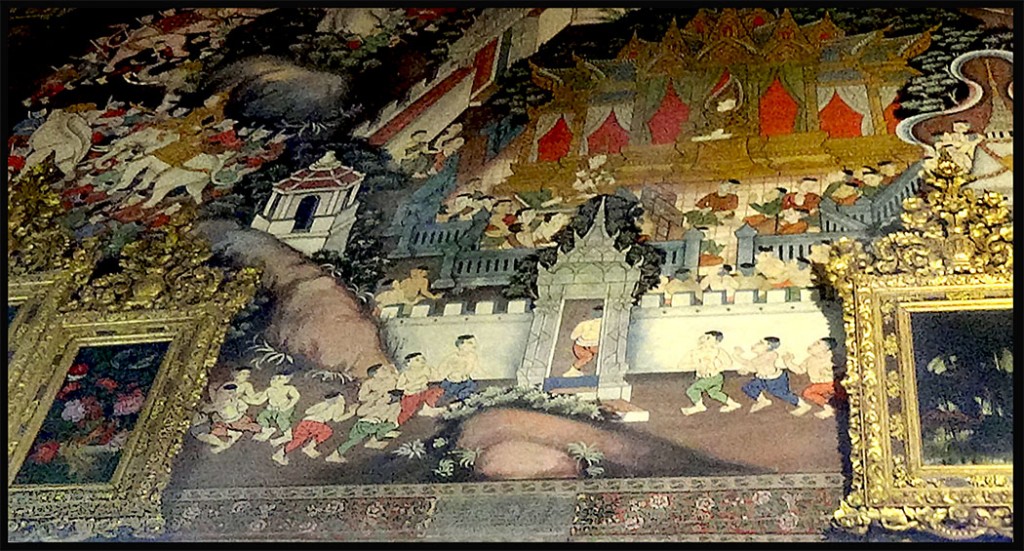
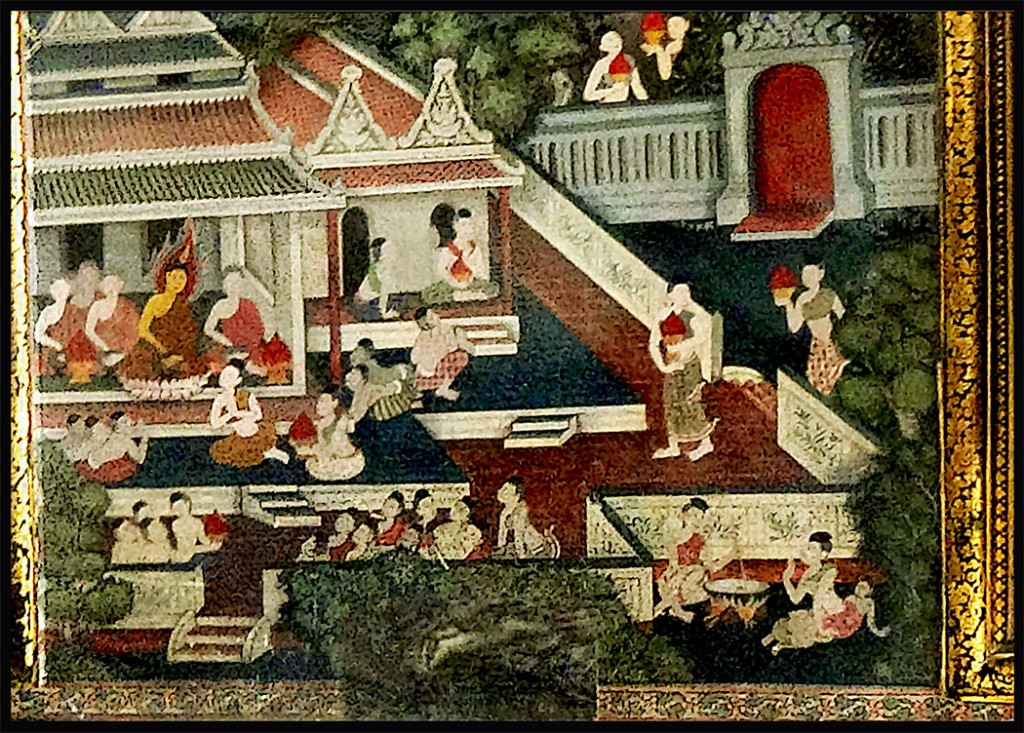
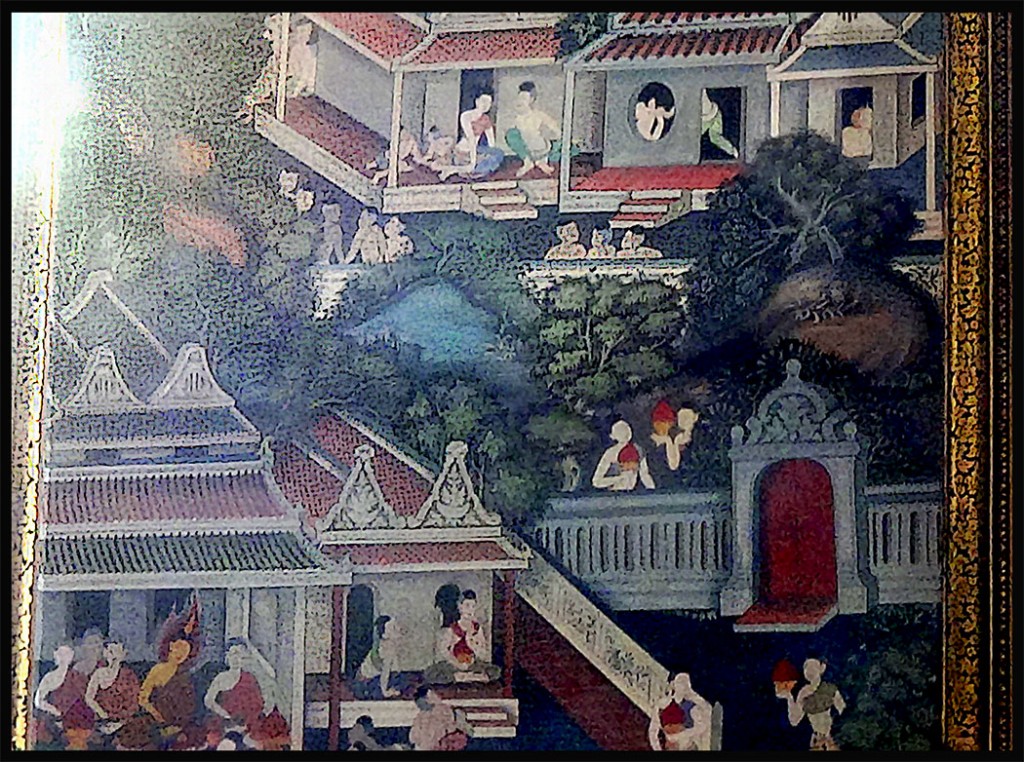
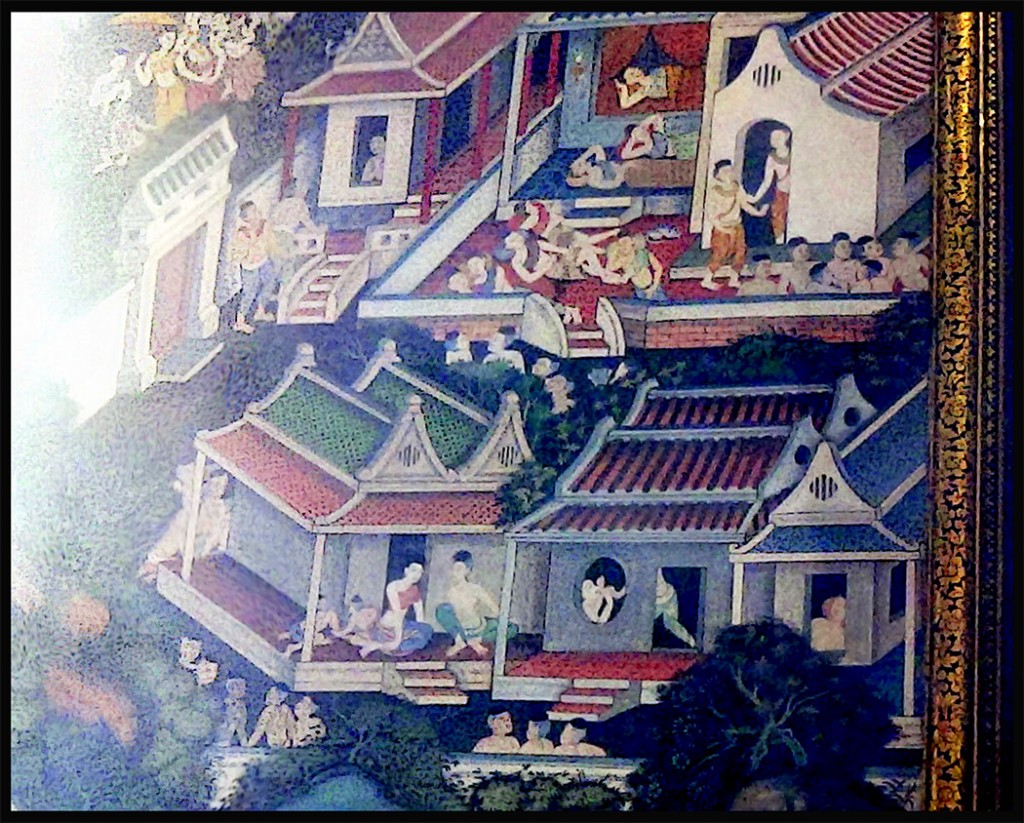
Leave a Reply